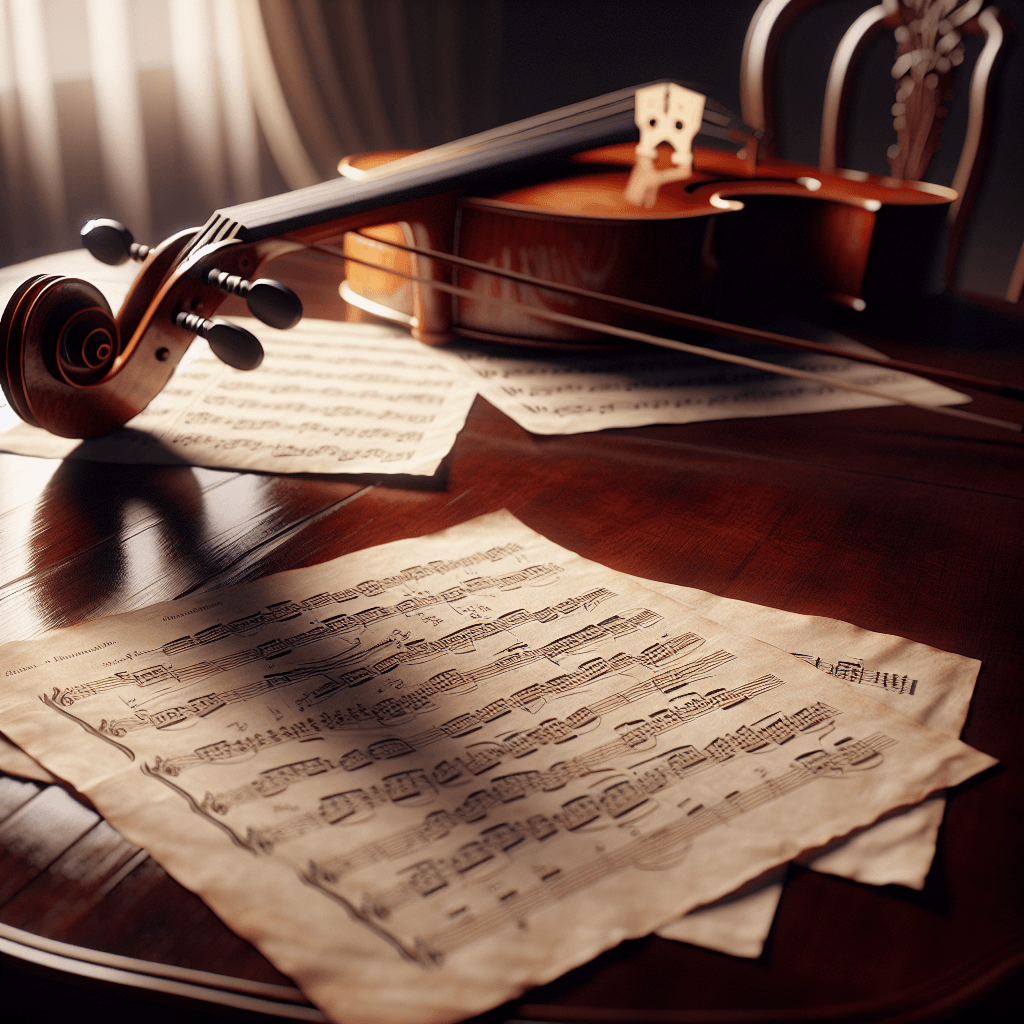Music is a lovely language that transcends words, and for lots of musicians, sheet song is the important thing to unlock its mysteries. For newbie musicians and tune students, know-how sheet tuning is critical. It not only guides you in gambling as a tool but also deepens your appreciation of musical expression and creativity. In this weblog submission, we’ll discover what cello and piano sheet tracks look like, offering insights and hints that will help you on your musical journey.

The Evolution of Sheet Music for Cello and Piano
Sheet song has a wealthy record, tracing back to medieval times when the track was first documented. Originally, rankings have been handwritten on parchment and often featured elaborate illustrations. Over time, the discovery of the printing press revolutionized song distribution, making it extensively on hand. For cello and piano, sheet music has evolved along the devices themselves. With its roots in the sixteenth century, the cello saw its repertoire increase as composers crafted portions highlighting its wealthy, resonant tones. Similarly, the piano, emerging prominently in the 1700s, inspired a giant array of compositions that showcased its versatility and expressive variety. Today, each devices boast full-size collections of sheet track, from classical masterpieces to current works.
Decoding the Structure of Cello and Piano Sheet Music
Understanding the structure of sheet tracks is vital for any musician. In its middle, the sheet track offers the roadmap for a musical piece. It includes various elements, including notation, key signatures, and time signatures. Notation represents the notes to be performed, with everyone indicating pitch and length. Key signatures, discovered at the beginning of each group of workers, tell you which ones notes are continually sharp or flat throughout the piece. Time signatures, generally noted at the begin of a composition, define the rhythmic sample and the way beats are organized within a degree. These components shape the inspiration of cello and piano sheet tunes, guiding musicians in translating written notes into songs.

A Visual Journey via Cello and Piano Sheet Music
To fully grasp what cello and piano sheet track looks as if, allow’s discover some visible examples. First, remember J.S. Bach’s Cello Suite No. 1, a traditional piece showcasing the entire variety of the cello’s talents. This sheet music functions as a single group of workers with bass clef, highlighting the device’s deep, soulful tones. Next, Beethoven’s “Moonlight Sonata” for piano paints an image of melody and concord across a grand team of workers, incorporating both treble and bass clefs. Annotations such as dynamics and articulation provide similar insight into the performer’s rationale. For a more modern-day approach, a modern cello concerto may consist of notated techniques like pizzicato or harmonics, including depth and variety to the performance.
Tips for Reading and Interpreting Cello and Piano Sheet Music
Reading sheet song successfully is a talent that develops over time, however there are strategies that let you along the way. Start by familiarizing yourself with commonplace symbols and notations, which include repeat symptoms, rests, and dynamic markings. Consistent practice is key; reading music often will improve your fluency and self-assurance. Break down tough sections into smaller parts, focusing on accuracy before growing velocity. Lastly, concentrate on recordings of the portions you are studying to gain a higher know-how of tempo, expression, and interpretation. These techniques will beautify your potential to read and interpret sheet tracks for each cello and piano.

Insights from Music Experts
To deepen our knowledge, permit’s turn to some professional perspectives. A famous song educator once stated, “Sheet track is the blueprint for musical expression. It is essential for growing a deeper information of the language of music.” For aspiring pianists, a professional pianist advises, “Reading piano sheet music may be daunting, but it’s immensely profitable. Start with less complicated portions to construct self-assurance and steadily tackle extra complicated work.” From a cellist’s point of view, “Cello sheet music is a gateway to expressing one’s particular musical identity. Its nuances provide infinite possibilities for creativity.” Finally, a tune concept professor emphasizes, “Notation, key signatures, and time signatures are the threads that weave the fabric of track interpretation. Mastery of these elements is essential for any musician.”
The Significance of Understanding Sheet Music
In the end, know-how sheet tune for cello and piano is critical for aspiring musicians. It now not only equips you to play your instrument with skill but also enriches your appreciation of song as an art shape. By exploring the records, structure, and suggestions for studying sheet track, you’ll benefit from confidence and perception of this everyday language. We inspire you to maintain this exploration, attend workshops, become a member of music communities, and train regularly.
We invite you to share your experiences with studying sheet tunes. How has it shaped your musical adventure? Your insights should encourage fellow musicians and foster meaningful discussions. Let’s have a good time together with the splendor of the track!






